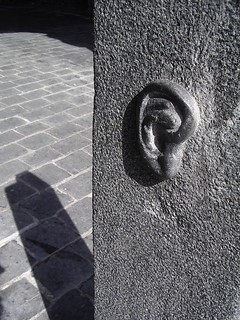I recently read “Small teaching: Everyday lessons from the science of learning,” an excellent book1 by Dr. James Lang. To help me remember what I read and as a way of sharing some key messages from the book with a broader audience, I have decided to write some blog posts on select concepts. This first post is about retrieval practice (see here for an entire site created by Dr. Agarwal and devoted to the topic).
“The more times any of us practice remembering something we are trying to learn, the more firmly we lodge it in our memories for the long term.” (Lang, 2016, p.20)
5 Key Messages about Retrieval Practice from Small Teaching
- Students’ learning is enhanced when students are given opportunities to practice remembering.
- Give students multiple chances to practice remembering (i.e., frequency matters).
- As you design and select retrieval practices to give your students, make sure they are aligned with the high-stakes assessments you will be giving during the course. For example, if your students’ final exam (accounting for a significant portion of their marks) involves multiple choice questions (MCQs), make sure you give in-class retrieval practices that allow students to practice MCQs.
- When possible, use retrieval practices that involve writing and not only on oral practice. The former enhances learning and also means that everyone has to participate.
- If you are asking a retrieval question during class, remind your students not to look for an answer in their notes or textbook. When students draw information from their brain, this helps their long-term retention.
For more information on the science of learning and a host of ideas on how to implement small teaching, get the book!
You can also read posts on small teaching by James Lang here:
- Small changes in teaching: The first 5 minutes of class
- Small changes in teaching: The last 5 minutes of class
- Small changes in teaching: Making connections
Footnote 1. Why do I think this book is excellent? Because:
- This book is well written (key ideas are clearly communicated; his writing is tight and accessible; he makes good use of story telling, plus he manages to weave in humour).
- Research based. Lang draws on relevant research studies to make a case for why the concepts he writes about matter to teaching and learning.
- Loads of practical ideas.
Reference: Lang, J. (2016). Small teaching: Everyday lessons from the science of learning. San Francisco, CA: Jossey Bass.
Photo credit: Ben Francis, Creative Commons. https://flic.kr/p/8vLYT5



